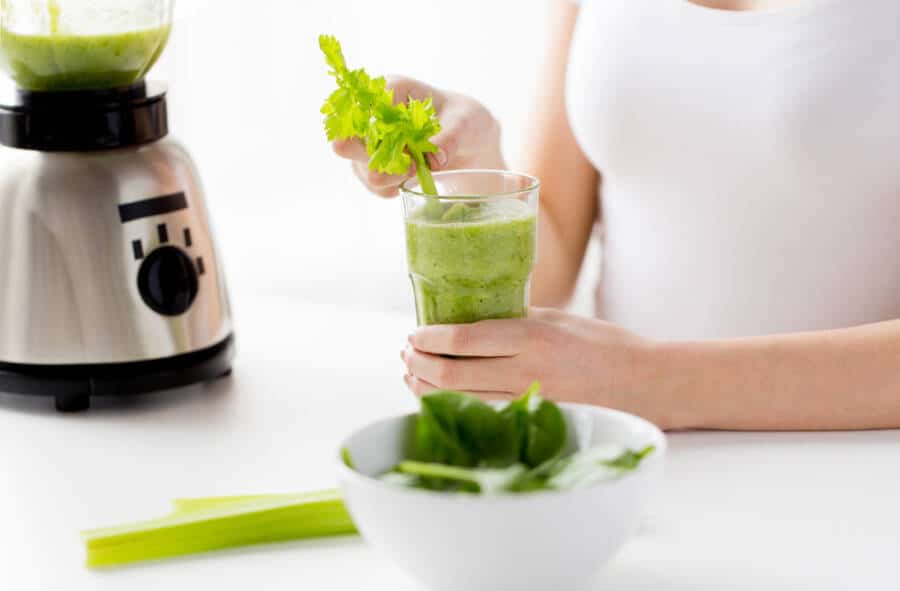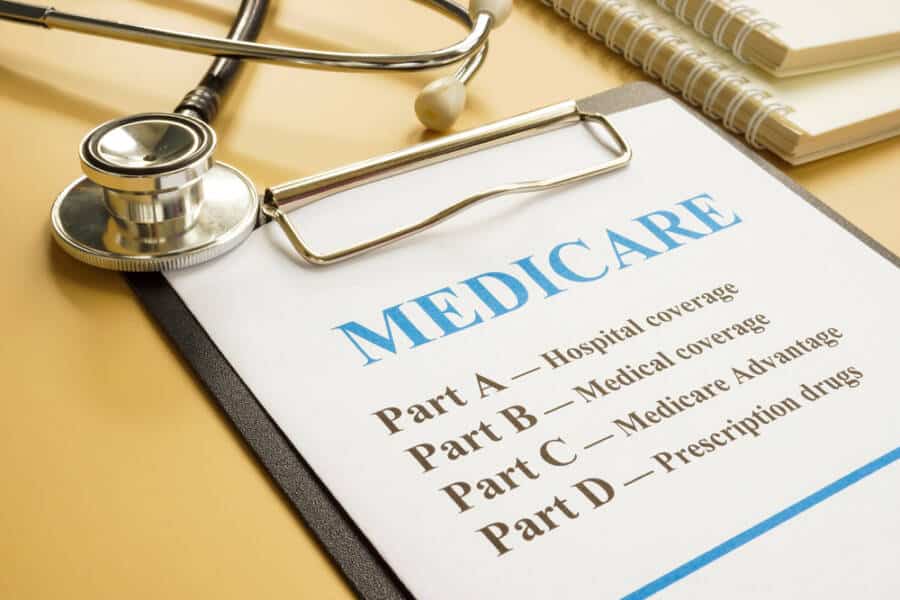How Much Cholesterol Should You Eat Daily to Stay Healthy?
Often getting a bad rap, cholesterol is not actually the villain it’s made out to be. Your body needs, in fact, cholesterol to produce hormones and build cells. The real issue comes in how much fat and cholesterol you’re consuming through food. It’s important to realize if you’re supporting your body’s natural balance or you’re working against it.
Is there a limit for cholesterol?
Officially, there is no daily limit for cholesterol intake in the most recent guidelines, but the focus has shifted towards reducing trans fats and saturated fats. These drive up the production of LDL (bad cholesterol) in your liver. Plus, more than cholesterol itself, they are linked to other health risks, especially heart disease.
The Dietary Guidelines for Americans (2020-2025) recommends the following:
When it comes to cholesterol, eat as little as possible from dietary sources. Limit saturated fats to less than 10% of daily calories; avoid trans fats altogether. About unsaturated fats, there is no upper limit. You can use these to replace unhealthy fats.
Why do saturated and trans fats matter most?
Your liver uses fats, sugars, and proteins to make all the cholesterol your body needs. It can build up in your arteries. Also, instead of focusing on hitting a specific cholesterol number daily, the most effective thing you can do is minimize saturated and trans fats and increase the healthy unsaturated fats.
Why is it important to understand food labels?
It’s crucial to read nutrition labels if you want to stay informed. On labels, you will find the list of unsaturated fats, trans fats, and cholesterol based on a 2000-calorie/day diet.
What you need to check for is saturated fat (you should aim for less than 10% of daily calories), trans fat (you should avoid products with hydrogenated oils), and cholesterol. Use it as a reference point—make sure you keep it low, but don’t obsess.
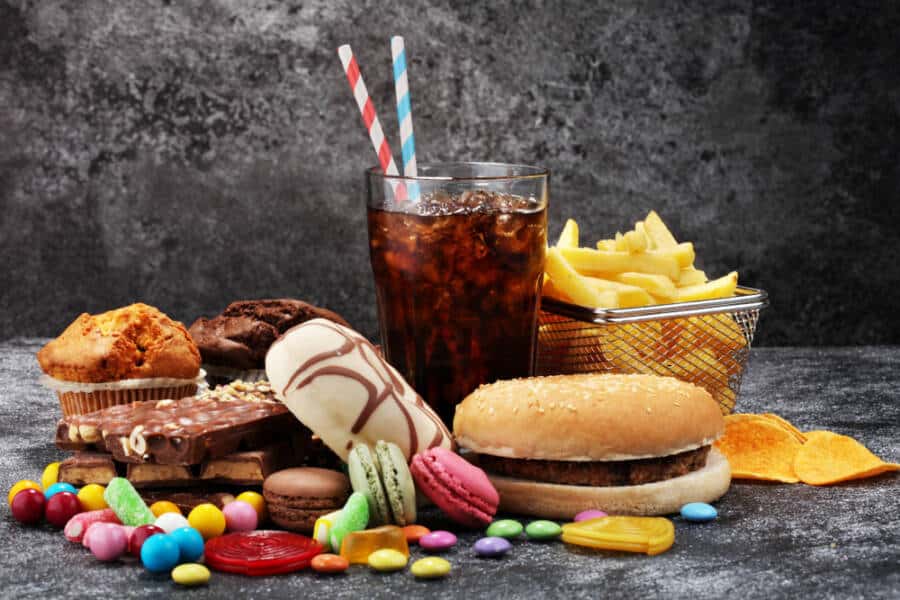
Foods that raise or lower cholesterol—what and how much to eat
When it comes to high cholesterol and high saturated fat foods, you should limit and avoid them.
These foods can raise LDL (bad cholesterol), so you should eat them sparingly.
Red meat
Red meat and pork should be limited to 1-2 servings per week. You can try lean cuts like sirloin or pork tenderloin trimmed of fat instead. Avoid bacon, ribeye, and ground meat over 85% lean.
Full-fat dairy like butter, cheese, ice cream, and whole milk
You can go for low-fat or plant-based alternatives as much as possible. Try low-fat yogurt and reduced-fat cheese, as well as olive oil spread. Ice cream and butter are high in saturated fat, so keep it to a minimum of 1 tbsp or half a cup, occasionally.
Processed meats like sausages or deli meats
The best thing you can do is avoid them or keep to less than one serving per week. Instead, opt for nitrate-free turkey or chicken slices.
Fried foods
Another thing that should be avoided as much as possible is fried food. You can try to use air fryers or bake with olive oil instead of traditionally frying it.
Baked goods with butter or shortening
Pastries, cakes, and store-bought cookies should also be treated as occasional treats. You can make your own using mashed avocado or olive oil.
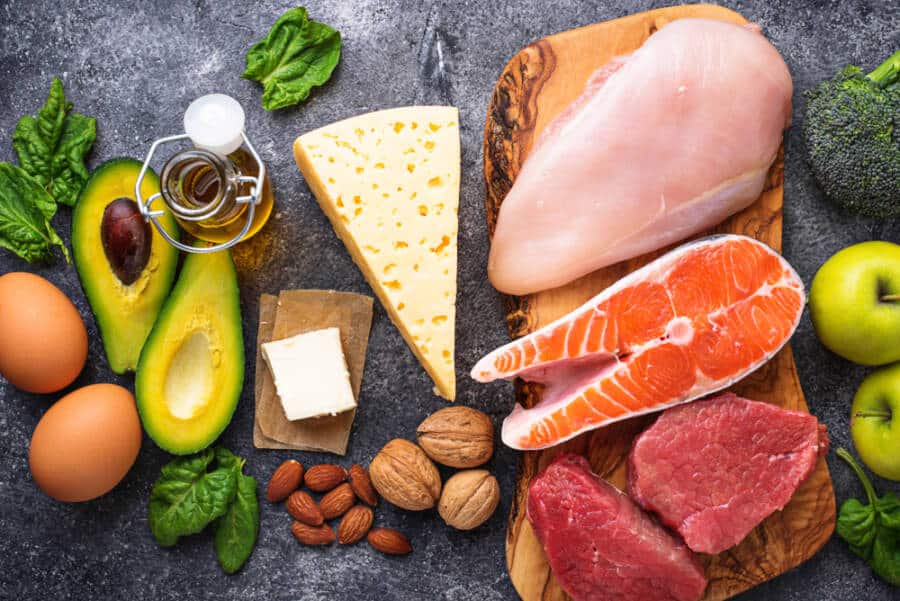
What do I eat more of daily? Cholesterol-free and heart-healthy foods
These foods support lower LDL levels, increasing the HDL (good cholesterol).
Vegetables and fruits
You must go for at least 5 servings per day, something around 2 and a half cups of vegetables and 2 cups of fruit. If you don’t really know what to choose, go for simple options like apples, oranges, broccoli, spinach, or carrots. These are high in fiber and antioxidants, helping to clear cholesterol.
Whole grains
3-5 servings per day should be included in your diet. This can translate to half a cup of rice or oats and a slice of whole-grain bread.
More whole grains you can try are quinoa, brown rice, barley, and whole wheat bread. The soluble fiber in oats and plant protein are a great meat substitute.
Nuts and seeds
Make sure you include ¼ cup per day of almonds, sunflower seeds, walnuts, flaxseeds, or pumpkin seeds. They are rich in healthy fats and plant sterols.
Plant oils
Use ½ tablespoon daily for salad dressings or cooking. You can try olive oil, canola, avocado, or even the old, good sunflower oil. To reduce LDL, replace butter or margarine with these.
Healthy fat sources
Use these alternatives to replace saturated fats, as they help lower the LDL and raise the HDL.
Extra virgin olive oil
You can consume 1-2 tablespoons daily, using it for cooking, baking, or even dipping bread.
Avocados
These are great sources of good fat, and you can consume one per day, or even half. It’s easy to include it in your diet by eating it on toast, in salads, or as a creamy substitute in dressings. They are packed with monounsaturated fats and fiber.
Walnuts, chia seeds, hemp seeds
You can also add these to your diet by sprinkling 1-2 tablespoons daily on your yogurt, oatmeal, or smoothies. They contain omega-3s and fiber, making them excellent for heart health.
Fatty fish like sardines, herring, salmon, or mackerel
2 servings per week are just great, as fatty fish is rich in omega-3, lowering triglycerides and inflammation. Pay attention when it comes to the way you’re cooking it, and opt for baking or grilling instead of frying it.
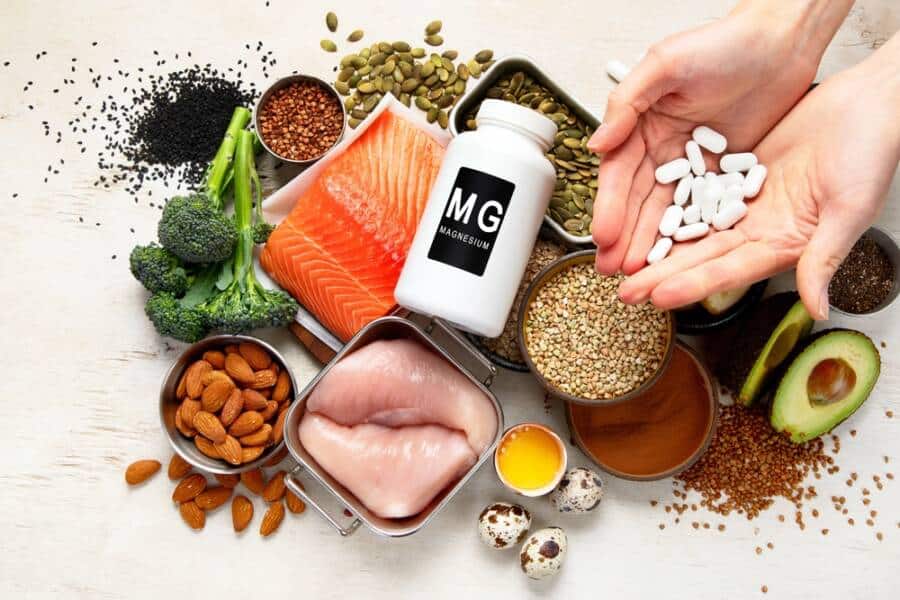
Your Daily Cholesterol-Friendly Eating Plan
You can start with a warm bowl of oatmeal where you add fresh berries and a sprinkle of chia seeds or walnuts. After, enjoy your coffee (black) or green tea. Skip the cream and opt for plant-based milk if you’re used to a softer aroma.
At midday, you can build a lunch bowl with brown rice or quinoa, mixed greens, sliced avocado, and roasted chickpeas, and top it with a lemon-olive oil dressing. You can also add a side of fruit, like an orange or apple, for extra fiber.
For an afternoon snack, you can grab a handful of pumpkin seeds or almonds, or dip carrot sticks into hummus. Keep yourself hydrated with unsweetened herbal tea or simply water.
In the evening, enjoy some grilled salmon or mackerel, pairing it with steamed broccoli and lentils or barley.
Plus, if you like dessert, try low-fat yogurt and give it some taste with cinnamon and a few walnuts, or opt for a small bowl of fruit salad.
The most important thing: You don’t need to obsess over how much cholesterol you eat each day. If you manage to limit unhealthy fats, especially saturated and trans fats, this will keep your body’s cholesterol levels balanced.
Another important thing is choosing the right fats—and the right foods overall, as this can help you protect your heart and live a healthier life.
If you need help in managing high cholesterol, you can find a Professional Home Cholesterol Testing with Lipid Blood Test Kit on Amazon. It’s easy to use and it offers accurate results. You get results for Total, Triglyceride, HDL, LDL, LDL/HDL, and non-HDL.
Read next: The 3 Stages of Alzheimer’s (With Symptoms)



